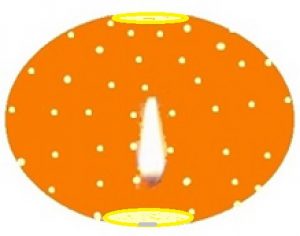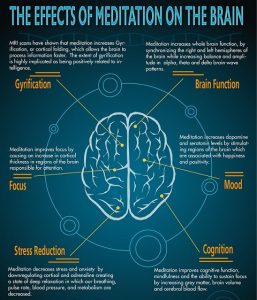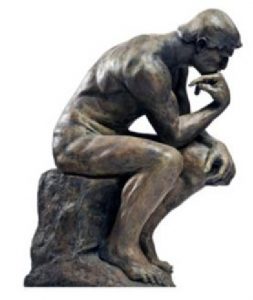 Many misconceptions and misunderstandings appear to be prevailing about Yoga and samAdhi in Advaita. We shall take up in this Part of our Series, an assortment of those topics in no particular order and examine the possible correct position.
Many misconceptions and misunderstandings appear to be prevailing about Yoga and samAdhi in Advaita. We shall take up in this Part of our Series, an assortment of those topics in no particular order and examine the possible correct position.
1. Yoga Terminology in Advaita:
The Sanskrit root “yuj” being common to words like ‘yoga, yukti etc. indicative of a union, we find that the Yoga terminology by itself is not an anathema for Advaita. The word “Yoga” appears in as many as 10 brahma sUtra-s (e.g. 1.1.19; 1.1.31; 2.1.3; 2.2.9; 3.1.26; 3.4.41; 4.2.17; 4.2.21 etc.). It is used 93 times with different meanings in Bhagavad-Gita. kaTha and svetAsvatara Upanishads too refer to ‘yoga’ practices and the latter particularly holds special praise for ‘yoga’ techniques. Shankara himself extols the effectiveness of practicing Yoga in his commentary at brahma sUtra (BS) 1.3.33.
Patanjali Yoga sUtra # 3 explains samAdhi as:
तदा द्रष्टुः स्वरूपेऽवस्थानम् ॥ – sUtra # 3, samAdhi pAda.
[tadA draShTuH svarUpe ‘ vasthAnam]
Meaning: For then (i.e. for samAdhi) finding our seeing principle entails insight into our own nature. Continue reading

 We shall present in this Part – 2 how the word samAdhi is used in Yogavasishta (Yogavasishta is available as a pdf at this site). The word samAdhi occurs very ubiquitously in this text. It is used both in its Yogic and Advaita Vedanta meaning. A few select citations are illustrated below.
We shall present in this Part – 2 how the word samAdhi is used in Yogavasishta (Yogavasishta is available as a pdf at this site). The word samAdhi occurs very ubiquitously in this text. It is used both in its Yogic and Advaita Vedanta meaning. A few select citations are illustrated below. samAdhi is a highly specialized term in Yoga and also in Vedanta. However, paradoxically, the word does not stand to convey the same ‘concept’ in a rigid and fixed manner in all its occurrences across different scriptural texts. Like all other Sanskrit words in the scriptures, the word attains a lot of fluidity and delicate malleability in the hands of the Sages and ancient authors to convey a very precise and what is otherwise inexpressible philosophical idea. Such flexibility in the use of technical words is unknown and unimaginable in the West, particularly so if one is trained in the modern science. Therefore, it is important to bear in mind that one cannot nail the meaning of the word as per one single definition when comparing its usage across different texts by different authors of different times. ‘anubhava’ and ‘anubhUti’ usually rendered into English as “experience,” often used in association with samAdhi, is another such word that needs care in handling.
samAdhi is a highly specialized term in Yoga and also in Vedanta. However, paradoxically, the word does not stand to convey the same ‘concept’ in a rigid and fixed manner in all its occurrences across different scriptural texts. Like all other Sanskrit words in the scriptures, the word attains a lot of fluidity and delicate malleability in the hands of the Sages and ancient authors to convey a very precise and what is otherwise inexpressible philosophical idea. Such flexibility in the use of technical words is unknown and unimaginable in the West, particularly so if one is trained in the modern science. Therefore, it is important to bear in mind that one cannot nail the meaning of the word as per one single definition when comparing its usage across different texts by different authors of different times. ‘anubhava’ and ‘anubhUti’ usually rendered into English as “experience,” often used in association with samAdhi, is another such word that needs care in handling.




